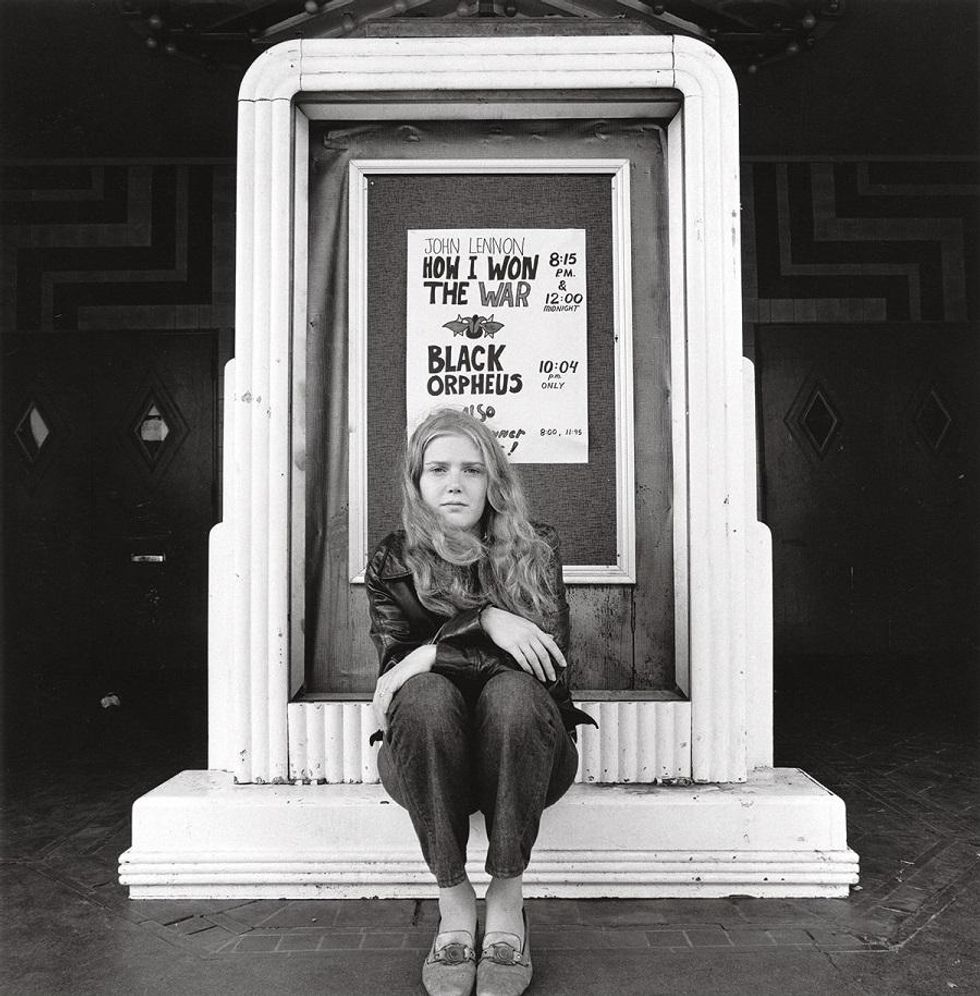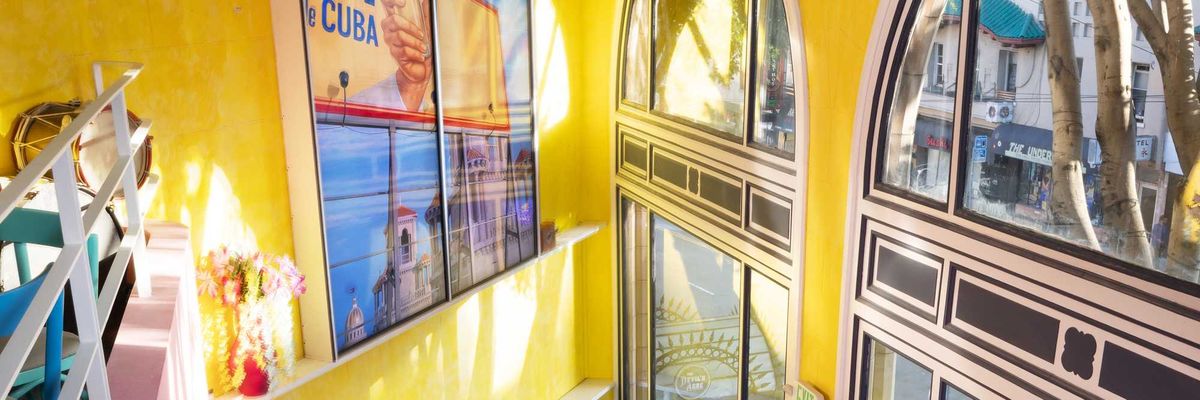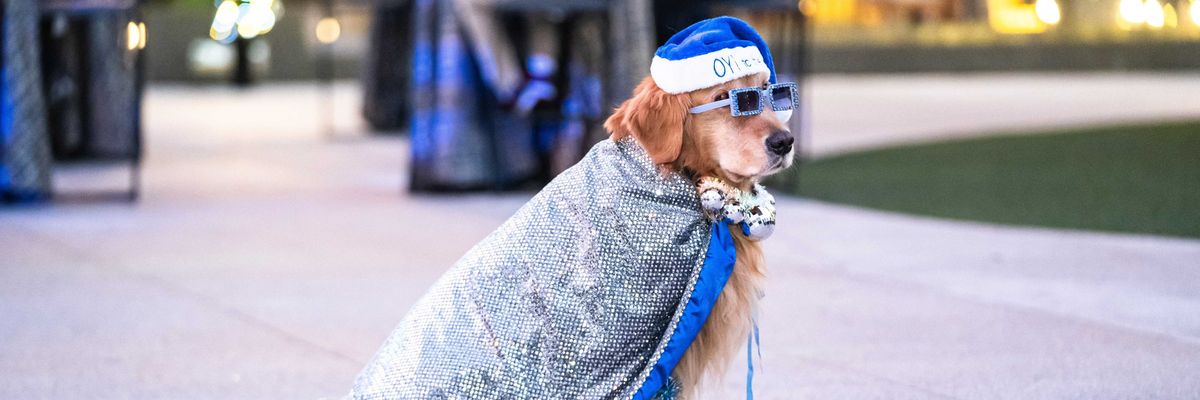In the lore of San Francisco, the Summer of Love looms large, but the moment was fleeting. When the excitement died down and the press cleared out, the euphoria that drove the Haight’s youth culture turned darker and harder edged.
It wasn’t long after that photojournalist Elaine Mayes moved into a commune on Central Street in the Haight and began training her camera on the young people that inhabited her neighborhood.
A promising young artist who’d documented acts like Jimi Hendrix, the Grateful Dead, and Otis Redding at the 1967 Monterey Pop Festival, she took a different tactic with her portraits, shooting them in a deliberately straightforward way in casual familiar settings like parks, stoops, and doorways.
Operating both within and outside of the cultural moment, Mayes sought to reject hippie stereotypes and capture the reality of the Haight.
“I wanted to be representative about who lived there,” explains Mayes, remembering that “a lot of them had run away from home. They were upset with the values of their parents and they didn’t want to live that way.”

For the first time, those iconic photographs will be collected in a new book, Haight Ashbury Portraits 1967-1968, due out November 15th (Damiani). Among them are groups of friends, young couples, and individuals—many of them barefoot and wild-haired—who embraced counterculture and made their own community in late 1960s San Francisco.
One of Mayes' favorite portraits is “Frank French, 16, Panhandle, Haight-Ashbury, 1968,” of a bare-chested teenager leaning moodily against a tree.
“I like the intensity of the gaze I’m getting from the subject,” says Mayes. “Plus, I like the way he’s dressed and all of that. I like the picture as a picture, but I also like it because to me, in a sense, it represents more than that.”
// Elaine Mayes: Haight Ashbury Portraits 1967-1968 is available for order at Barnes & Noble; elainemayesphoto.com.


























